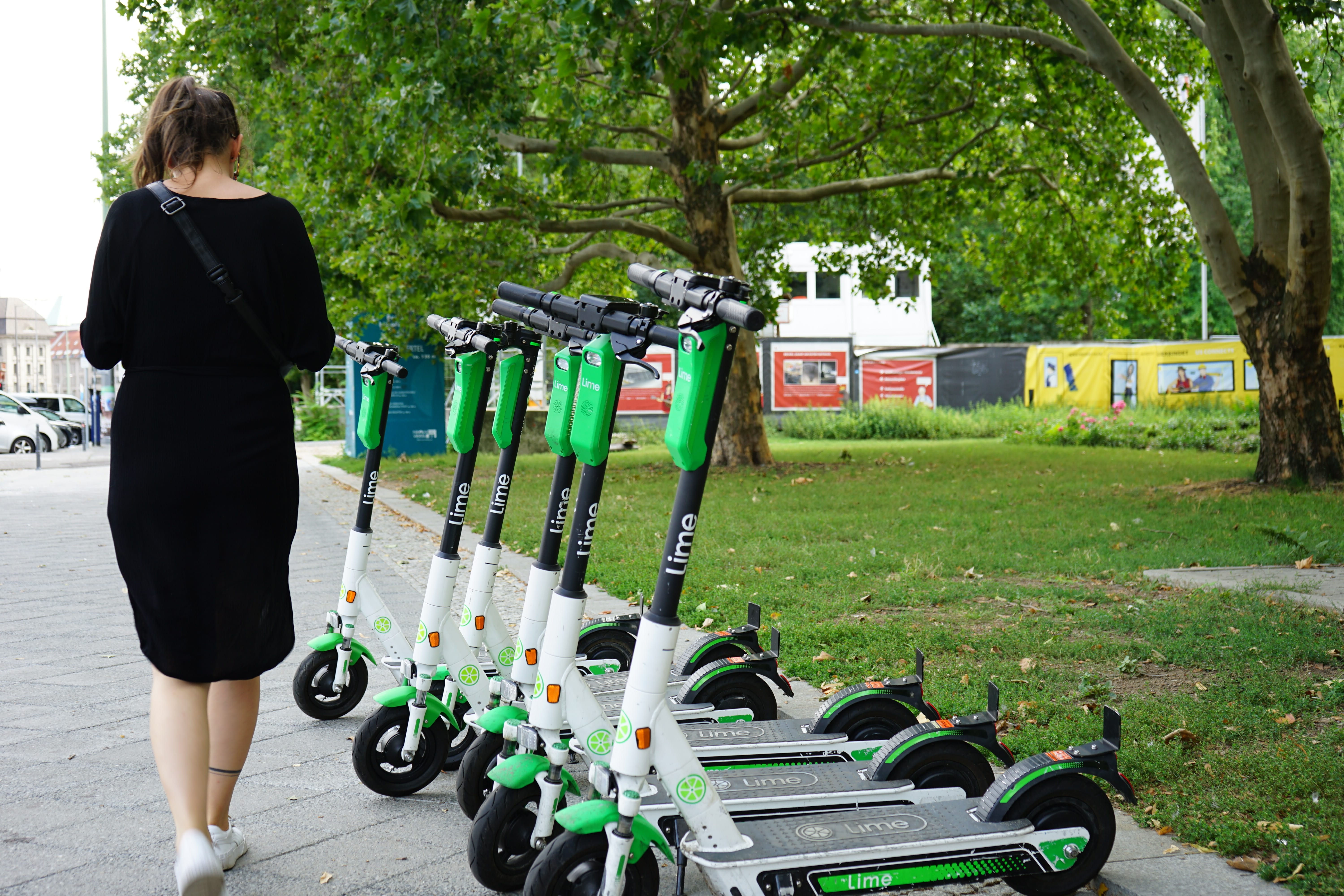eScooter injuries – particularly head injuries – are causing some concerned researchers to suggest stricter helmet laws may be needed.
A new report out of Rutgers New Jersey Medical School shows e-scooter injuries in the US are increasing at an alarming rate. Researchers hope this data will encourage cities and e-scooter companies to invest more funds into public safety campaigns.
For their research, Rutgers scientists used the National Electronic Injury Surveillance System (NEISS) to analyze ER visits between 2008 and 2017. Within this timeframe, researchers found that there were about 32,000 injuries directly related to e-scooters across the U.S.
Study authors also discovered that ER visits related to e-scooters tripled throughout the decade. In 2008, there were roughly 2,300 e-scooter injuries, but that figure rose to almost 7,000 in 2017.
Study results showed about 62 percent of these injured e-scooter patients were men. Interestingly, 33 percent of these male patients ranged in age between 6 and 12-years-old.
The most common injury presented to ER doctors was closed head injuries, which accounted for 36.1 percent of all cases. Lacerations were also fairly common at 20.5 percent, but facial fractures were only present in about 5 percent of patients.
Although the growing popularity of e-scooters could partially account for the rise in injuries, study authors believe the lack of helmet compliance is a more significant issue. Roughly 65 percent of patients in the ER for e-scooter injuries were not wearing a helmet at the time of their crash.

Since e-scooters are often marketed for shorter trips, study authors hypothesize patients are less likely to take helmet laws seriously. Also, most e-scooters only travel at about 15 miles per hour, which might lead some consumers to believe helmets aren’t really necessary.
As dockless e-scooters expand throughout the world, Rutgers authors urge city leaders to put stricter safety laws into effect. Specifically, researchers believe safety officials should work on encouraging riders to wear helmets whenever they’re on one of these devices.
People who are interested in reading this report in full should pick up the May 2019 edition of the American Journal of Otolaryngology. This specific study was entitled, “Craniofacial injuries related to motorized scooter use: A rising epidemic.”
What Do Other Studies Say About E-Scooter Safety?
These findings out of Rutgers add to a growing body of research on e-scooter injuries. Although safety tests on these devices are ongoing, all of these initial studies urge city leaders to take heed before introducing these devices onto their streets.
One of the earliest studies on e-scooter injuries took place in UCLA between September of 2017 and August of 2018. Doctors at both the UCLA Medical Center, Santa Monica, and the Ronald Reagan UCLA Medical Center reported 250 e-scooter-related injuries within the study’s timeframe.
92 percent of those injured in these accidents were riders and the remaining 8 percent were mostly composed of pedestrians. The vast majority of these patients suffered from head injuries, but fractures and sprains were also common.
Just like in the Rutgers study, most of those who were injured in Los Angeles weren’t wearing proper headgear. Only 4 percent of e-scooter patients were found wearing a helmet at the time of their crash. As Steers and Associates points out, in the Golden State one can legally ride shareable e-scooters without a helmet as of January 1st, 2019.
UCLA scientists compared these e-scooter injuries with the number of pedestrians and bicyclists admitted to both ERs between 2017 and 2018. Interestingly, both of these groups fared better than e-scooter riders in terms of injury reports. 195 bicyclists and 181 pedestrians were admitted to UCLA ERs during the same time period.
But wait, there’s more! Shortly after the UCLA study was released, the Centers for Disease Control and Prevention (CDC) published its own findings on e-scooter safety. For their research, the CDC worked closely with authorities in Austin, Texas, to track e-scooter rides between September and November of 2018.
Out of roughly 936,000 e-scooter rides in the Texan capital, 130 resulted in some type of injury. According to the CDC, that works out to 14.3 injuries per 100,000 e-scooter trips.
Just like in the UCLA study, head injuries were the most common complaint in Austin coming in at 45 percent. Roughly 15 percent of these head injury cases were classified as severe. Unsurprisingly, most of those injured in Austin weren’t wearing adequate head protection.
Are Helmet Regulations On The Horizon?
While it’s impossible to predict the future, these studies suggest helmet laws will become a major talking point in the evolution of rentable e-scooters. All rideshare companies highly encourage helmets—heck, some even offer free helmets to their customers—but every city has different legal standards on helmet use. Researchers involved in the above projects, however, believe stricter helmet laws could prevent hundreds if not thousands of e-scooter injuries per year.


Join the conversation!